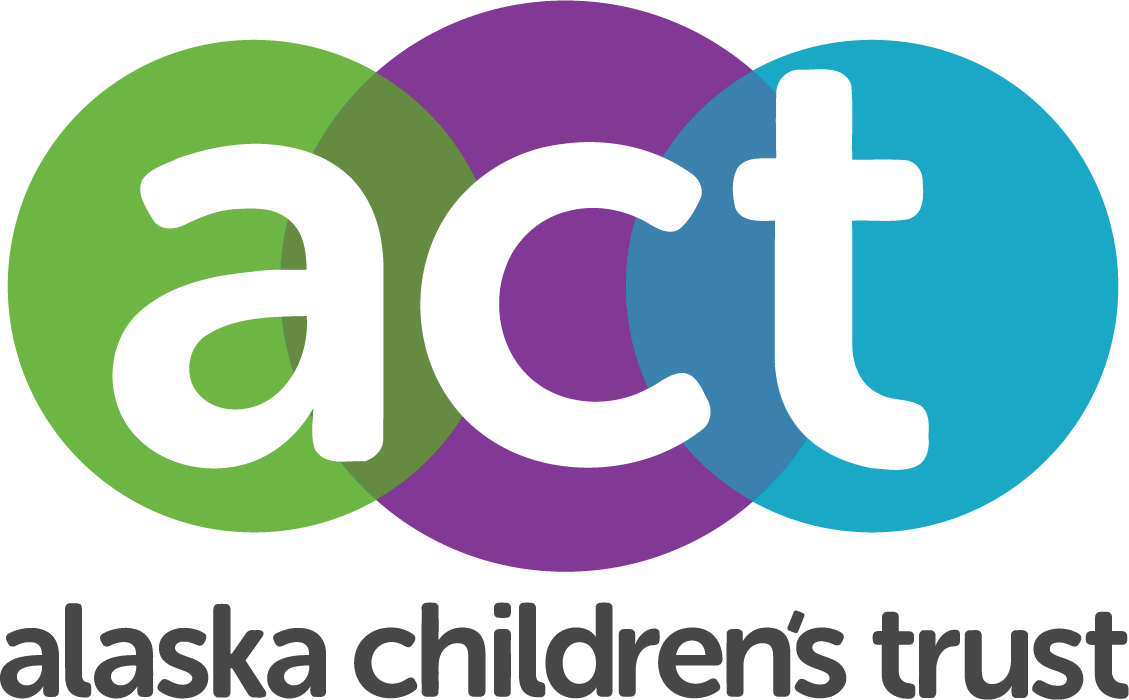Choosing the Right Babysitter in a COVID-19 World
By Ethan King, Summer Intern at Alaska Children’s Trust
These days, more and more families are having to seek alternative methods for childcare. With COVID-19 limiting childcare and afterschool programs, and amid concerns of children being exposed to the virus, more families are relying on individuals within their safety bubble to babysit.
If you are considering hiring a babysitter, here are some basic items to consider to ensure the safety of your children:
How old is your child/children? The younger the child, the older and more experienced the babysitter should be.
How many children do you have? It is important to consider the number of children an individual will need to supervise. Again, the more children the babysitter needs to care for, the older and more experienced they should be.
Does your child have any special needs like medical care or behavioral challenges?
What additional duties do you want the babysitter to accomplish, such as preparing meals or helping with schoolwork?
What schedule do you want the babysitter to follow while watching your child?
What training do you want the babysitter to have, such as CPR/first aid training or Red Cross babysitting course?
The presence of COVID-19 in our communities requires families to consider additional factors to reduce exposure to the virus. For example:
Start by exploring options within your existing safety bubble (people who you are already in your social circle).
If no one is available in your safety bubble, extend that circle to circles of your friends. They may have connections outside of your safety bubble that could be potential sitters.
When interviewing a potential sitter, it is important to communicate your expectations related to exposure levels and ask about their expectations. Develop an agreed-upon plan for your family and your babysitter with regards to COVID precautions so that everyone is on the same page. Outline expectations related to mask wearing for them and the child, hand washing, and social contact. This will help both your family and your babysitter feel more comfortable sharing space.
If the sitter or anyone in your family becomes sick, have a well-established communication plan. Let the sitter know they should not come to work until they receive a negative COVID test result or complete a 14-day quarantine.
Prior to the babysitter entering your home, you are encouraged to clean, with a focus on high-touch surfaces like counters, door handles, light switches, etc.


